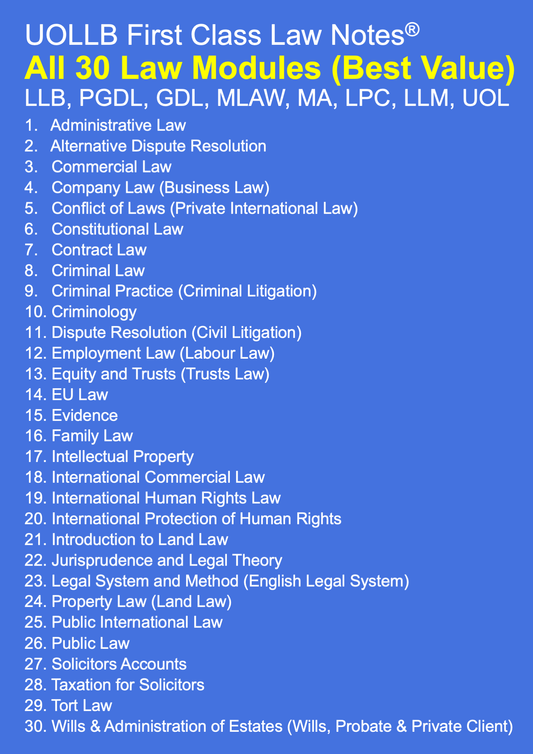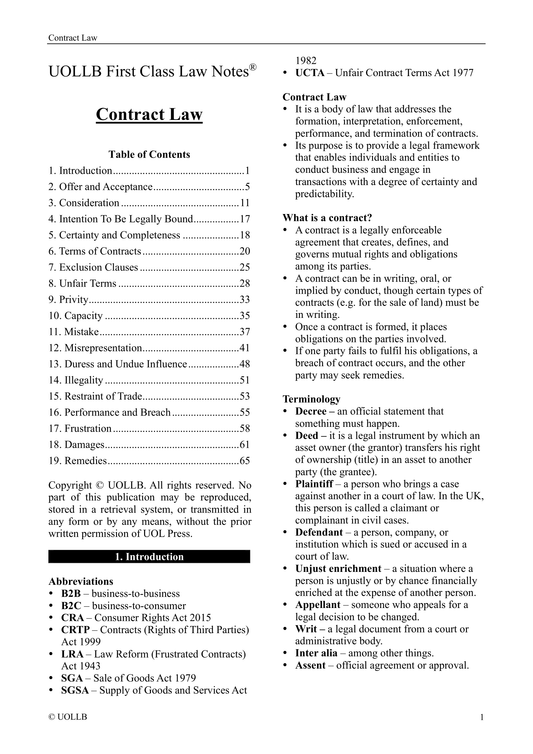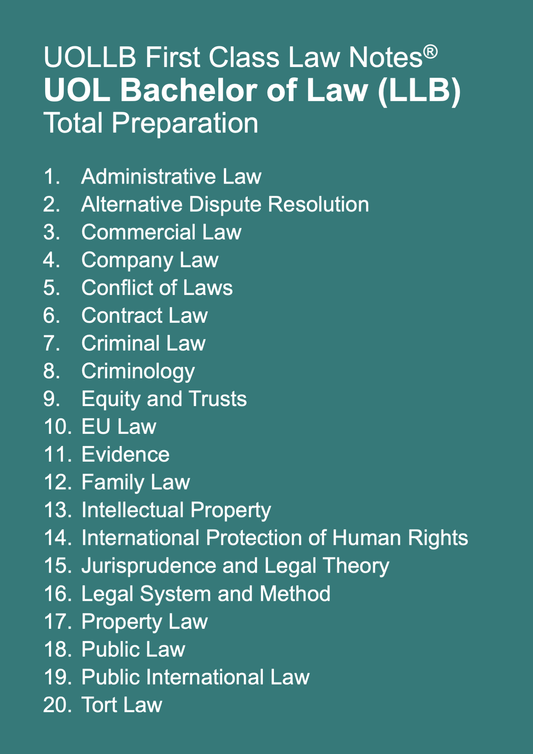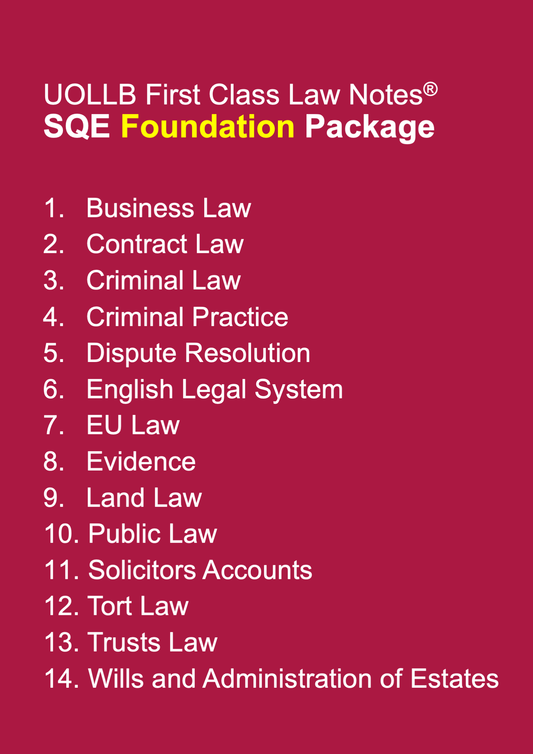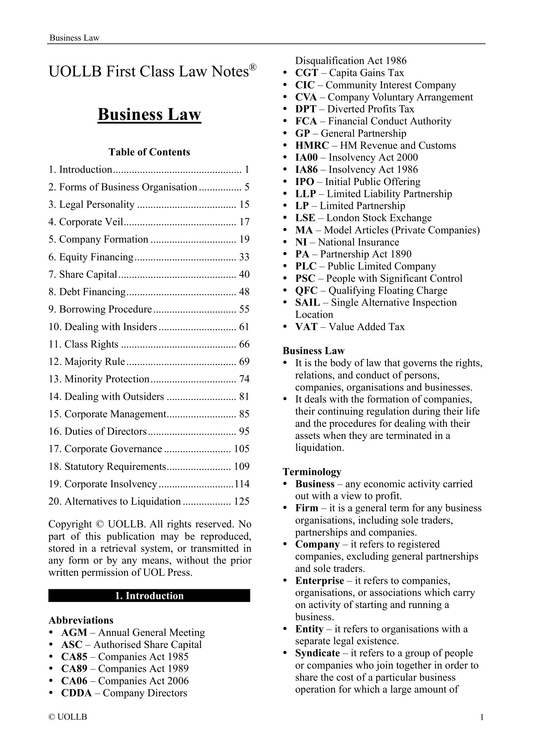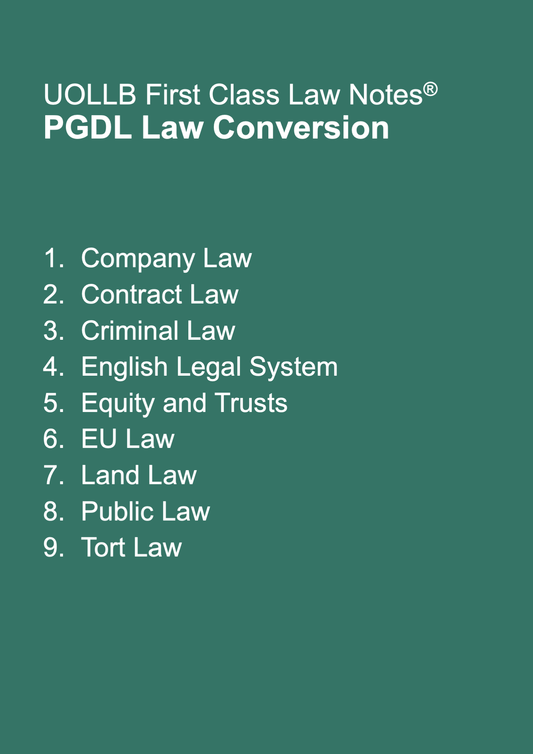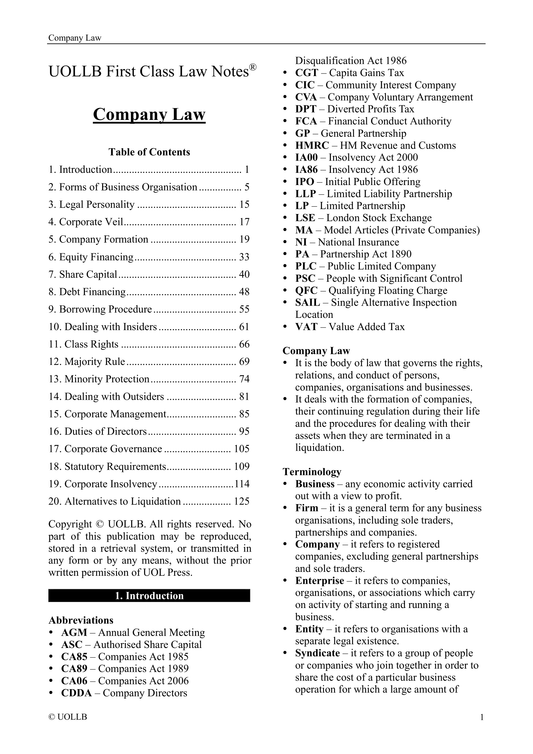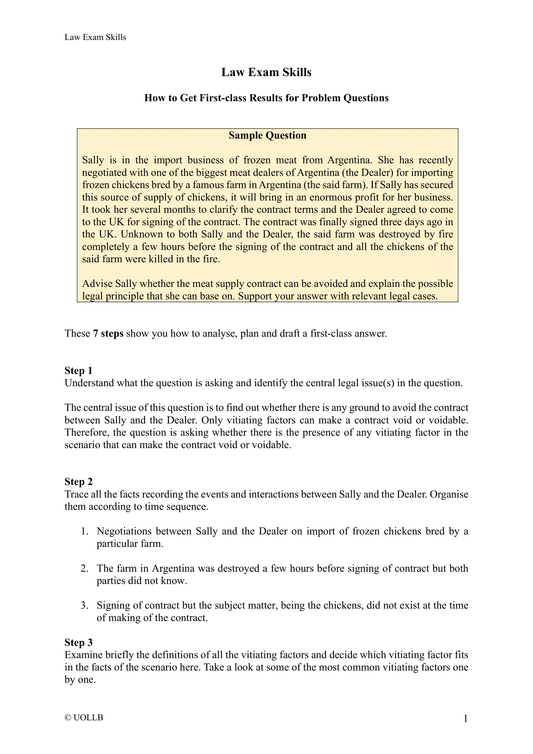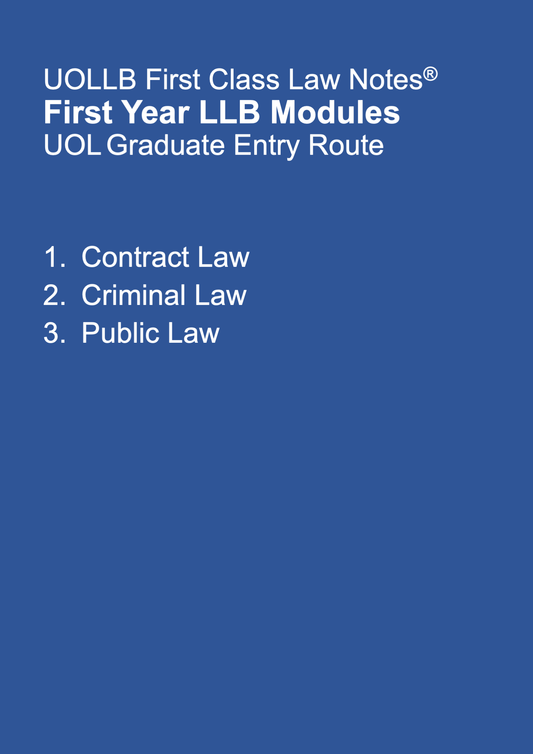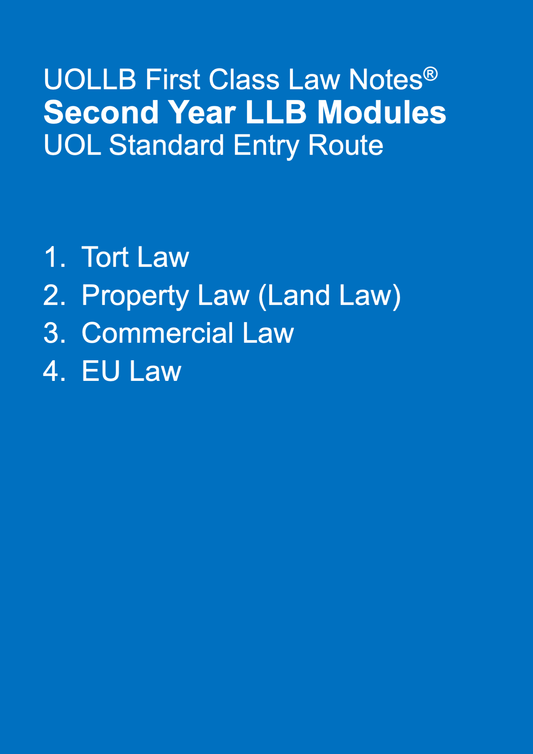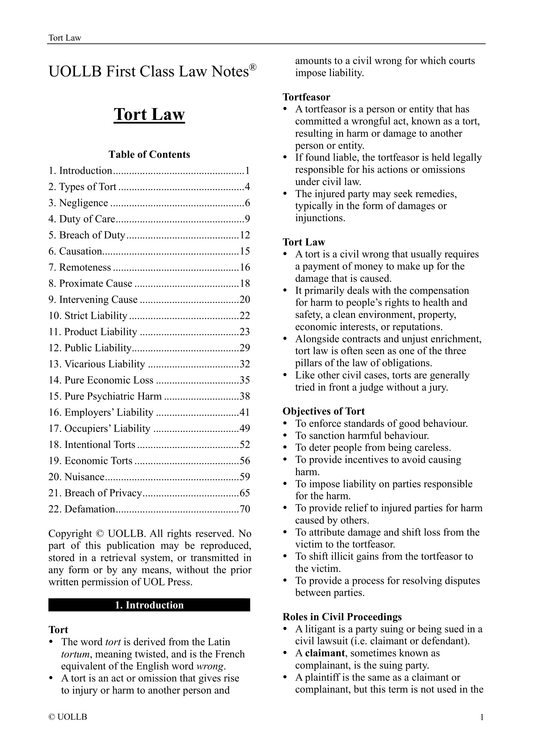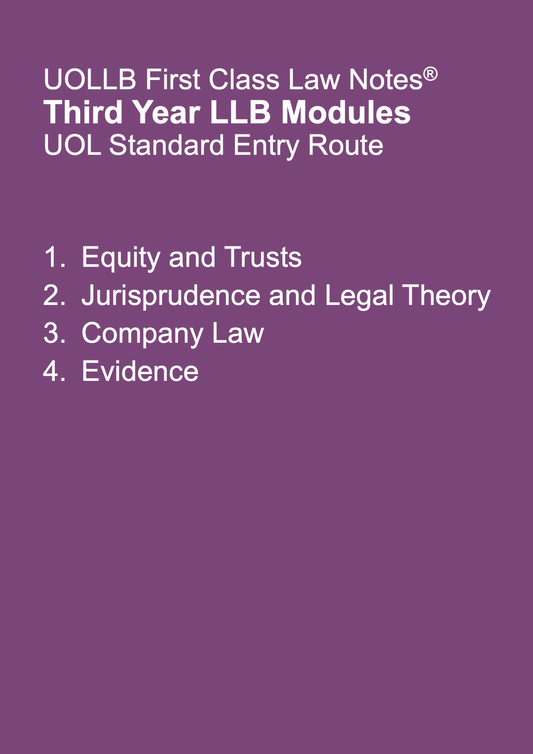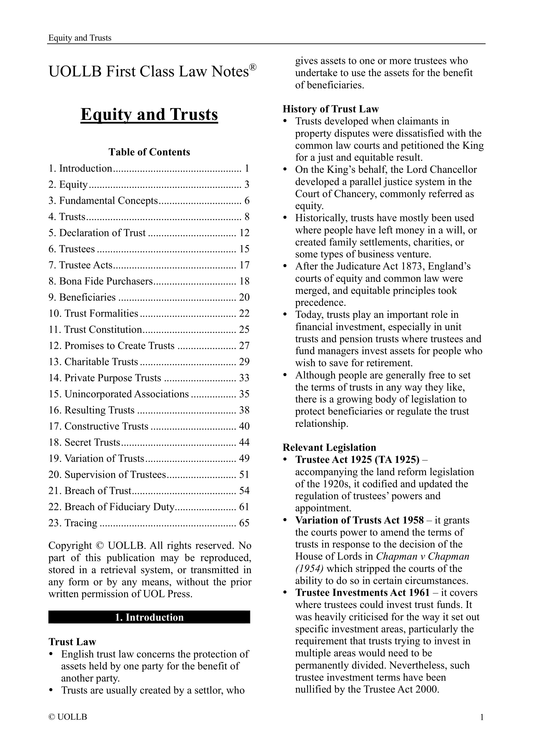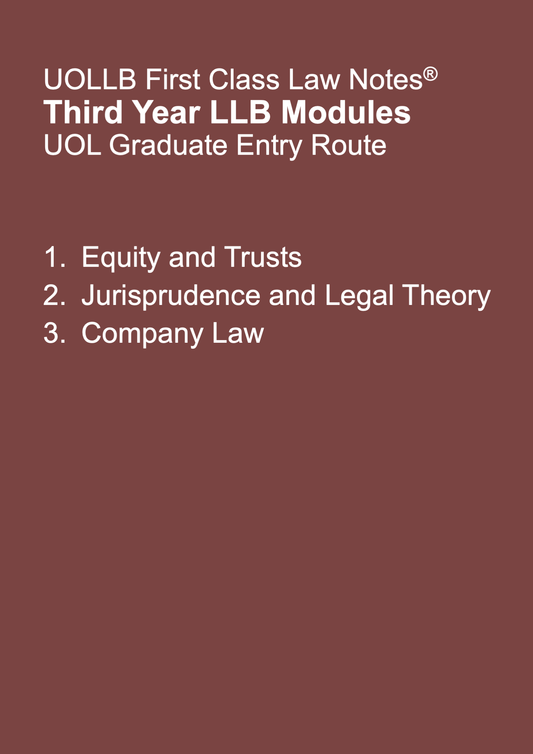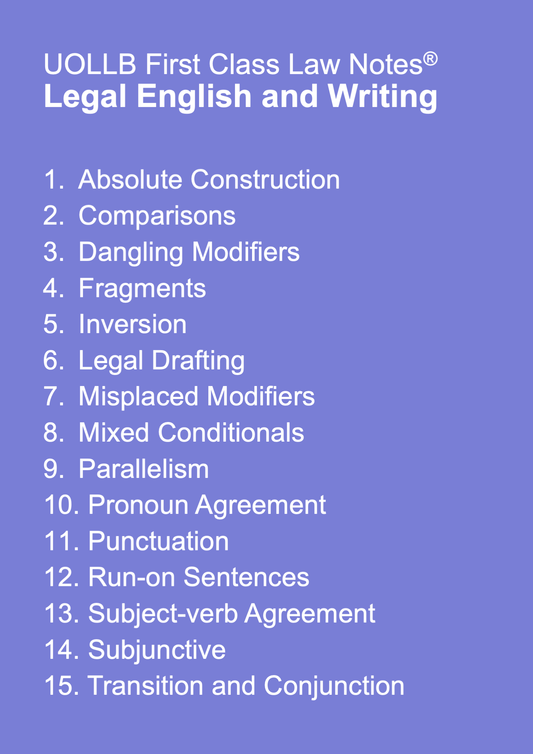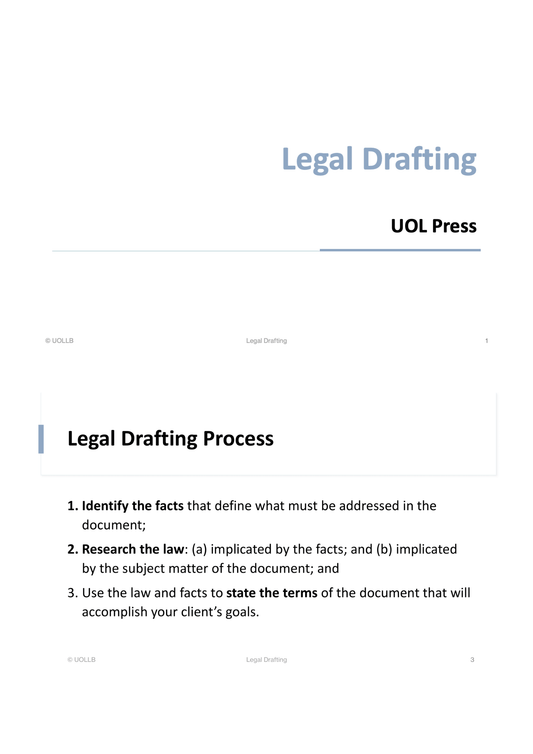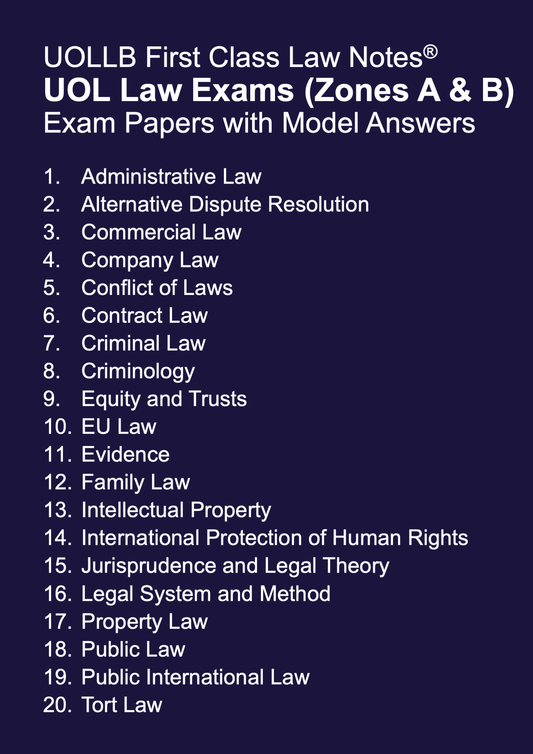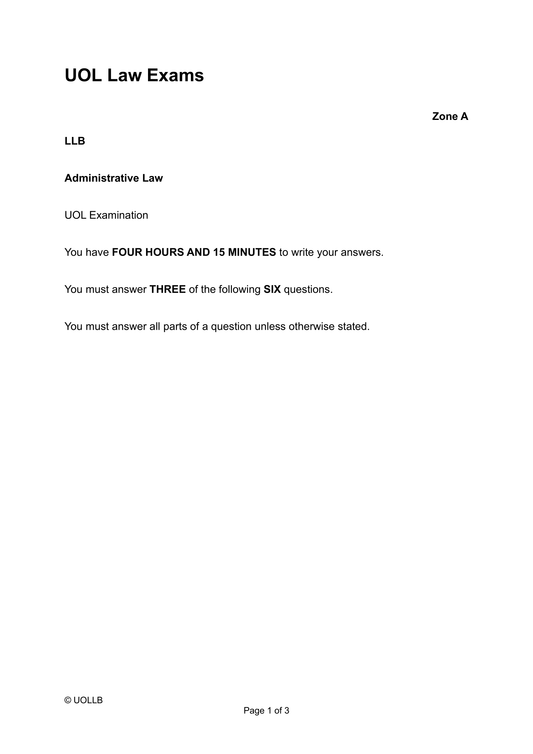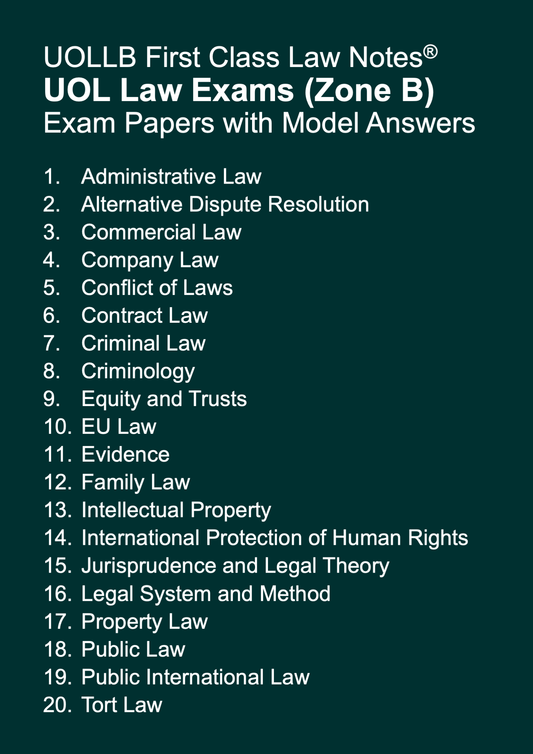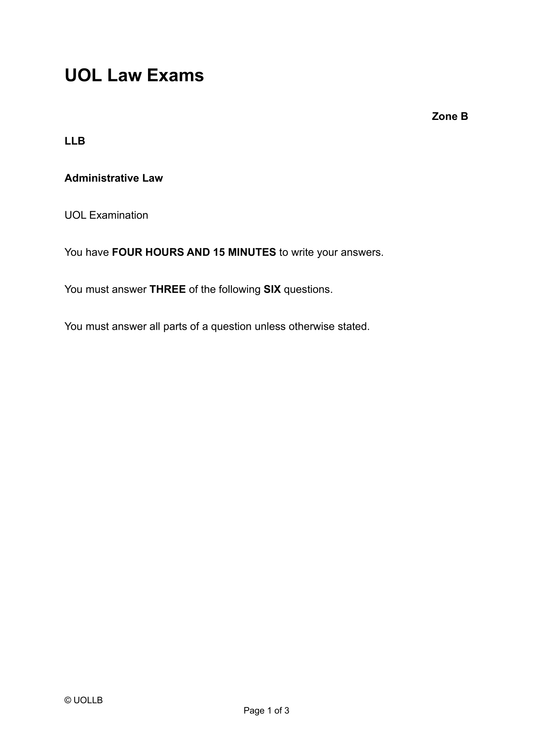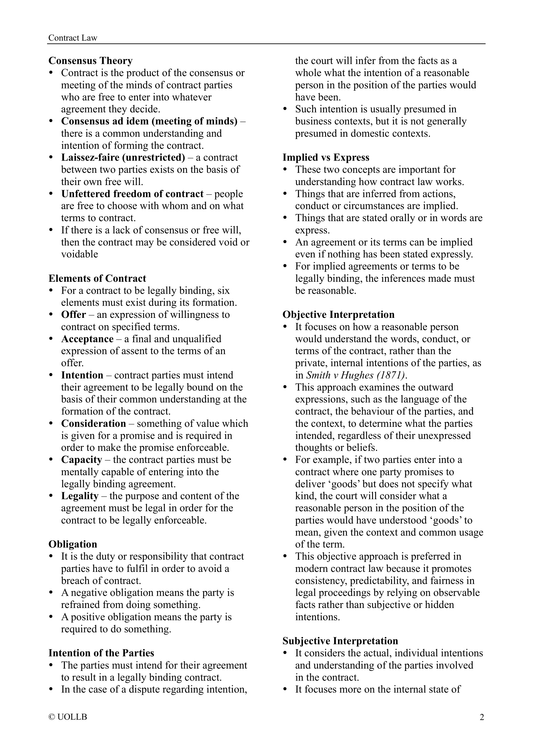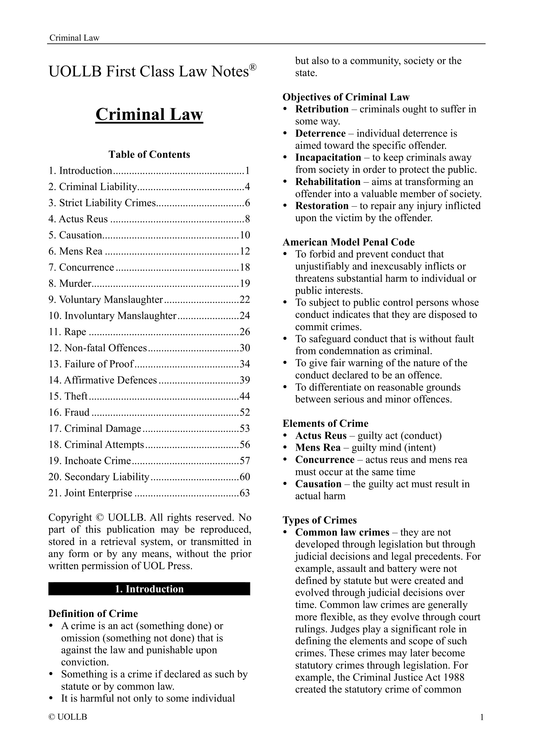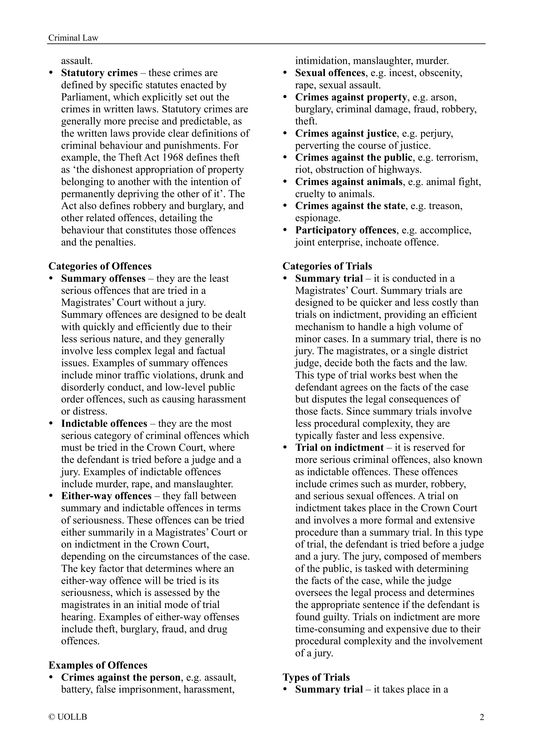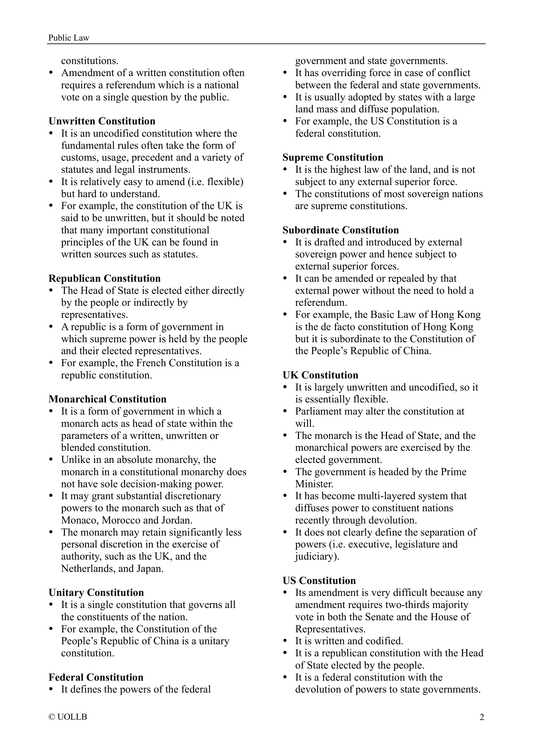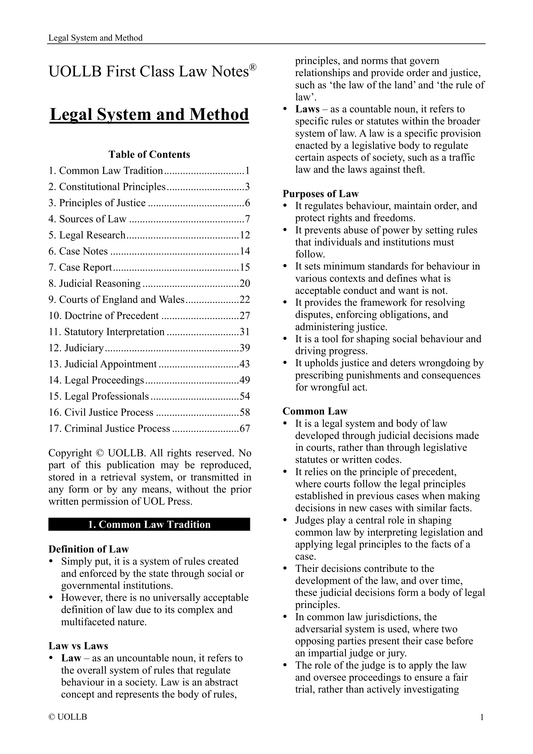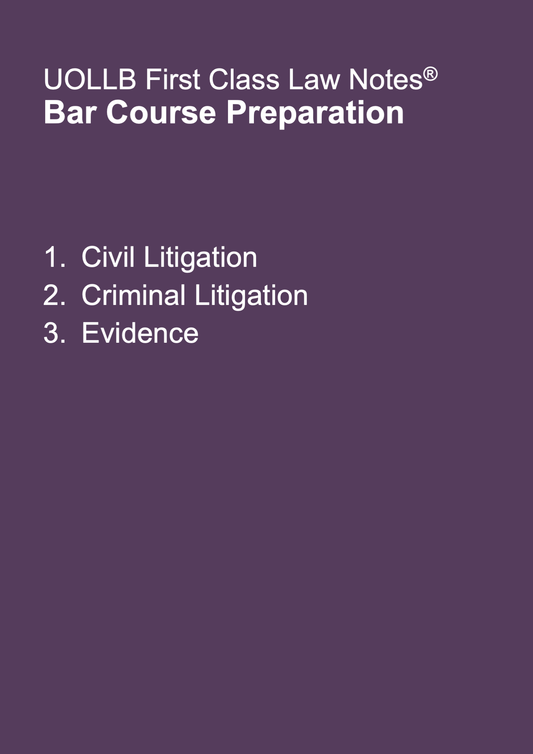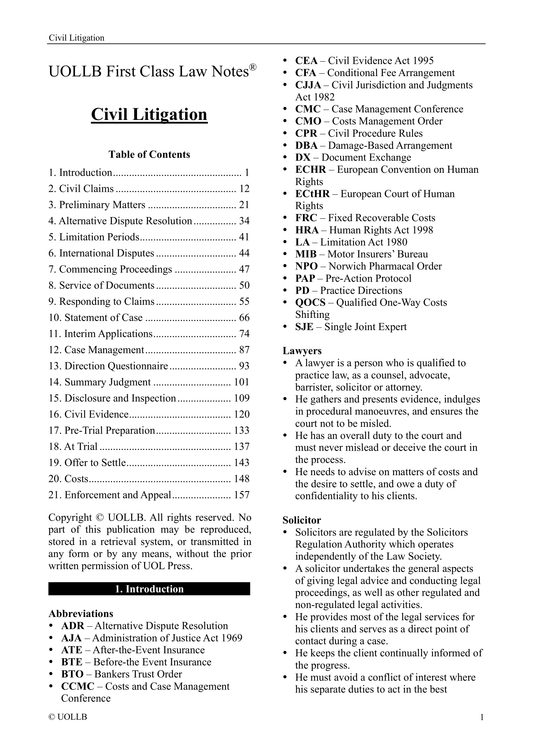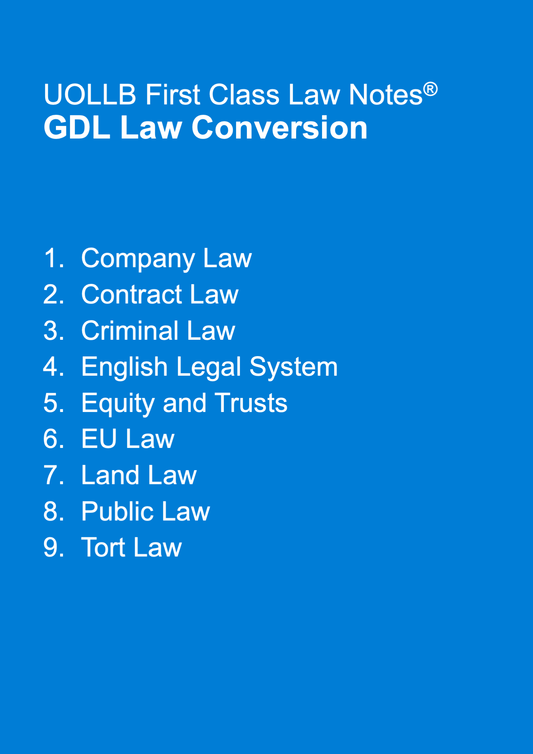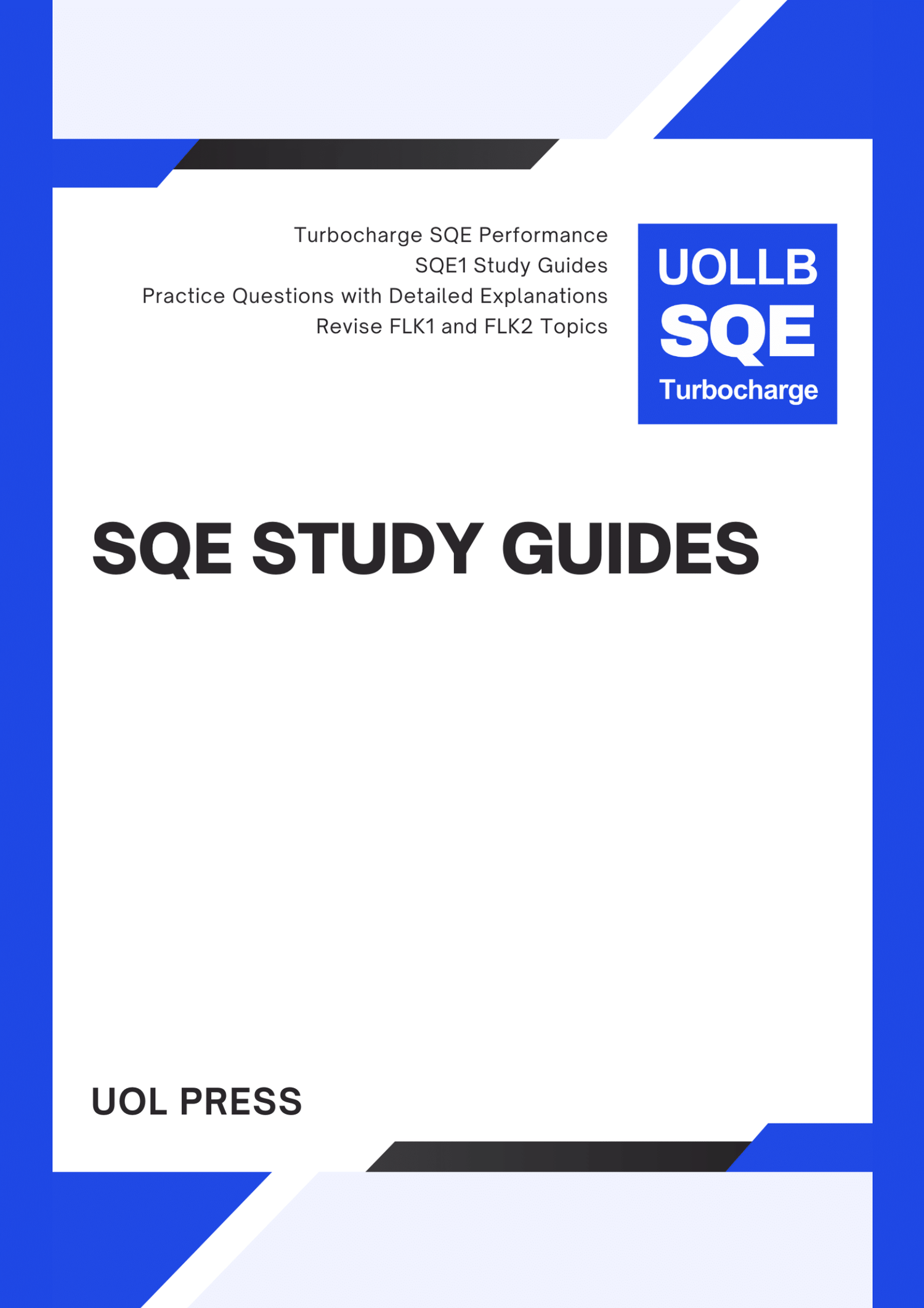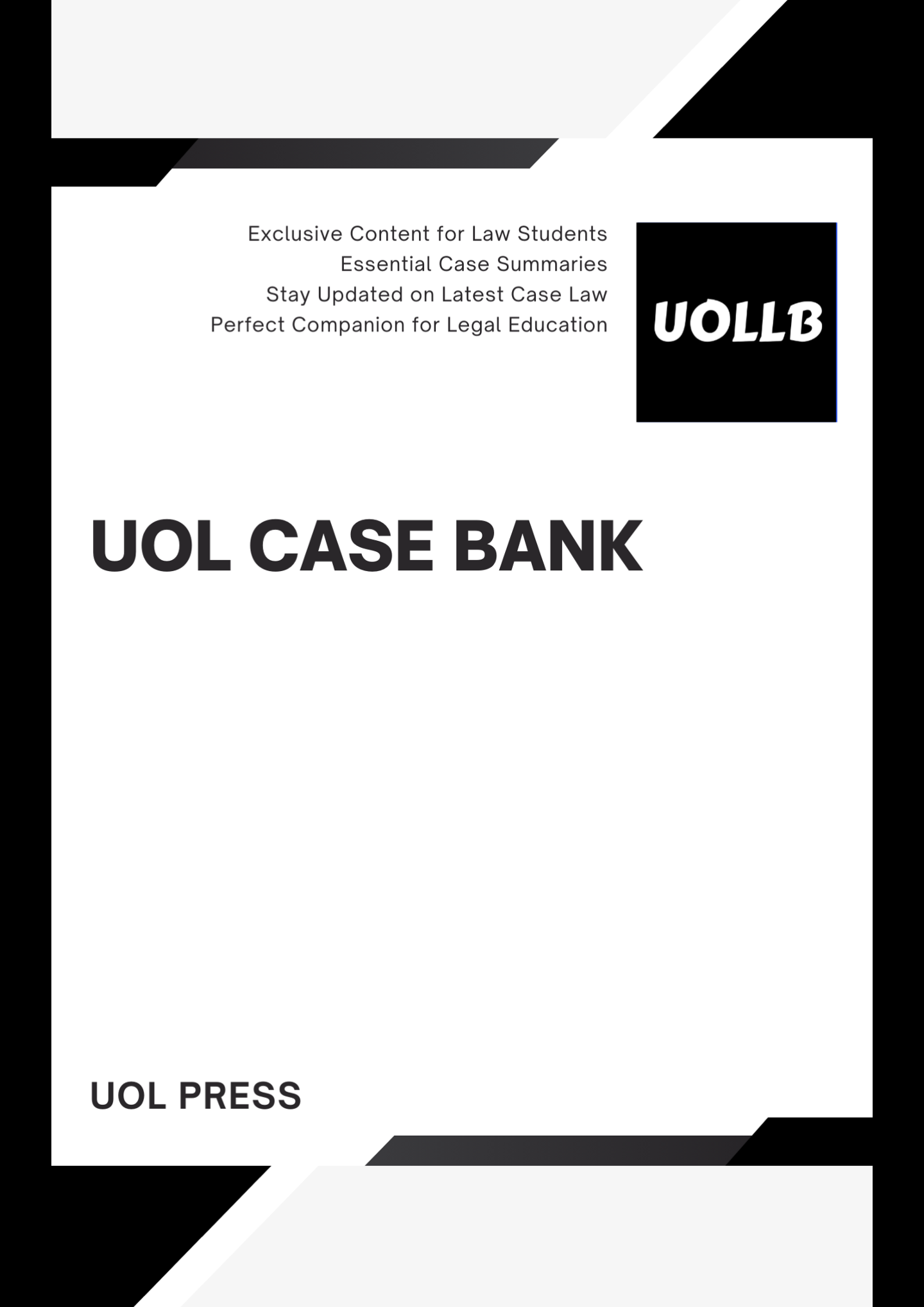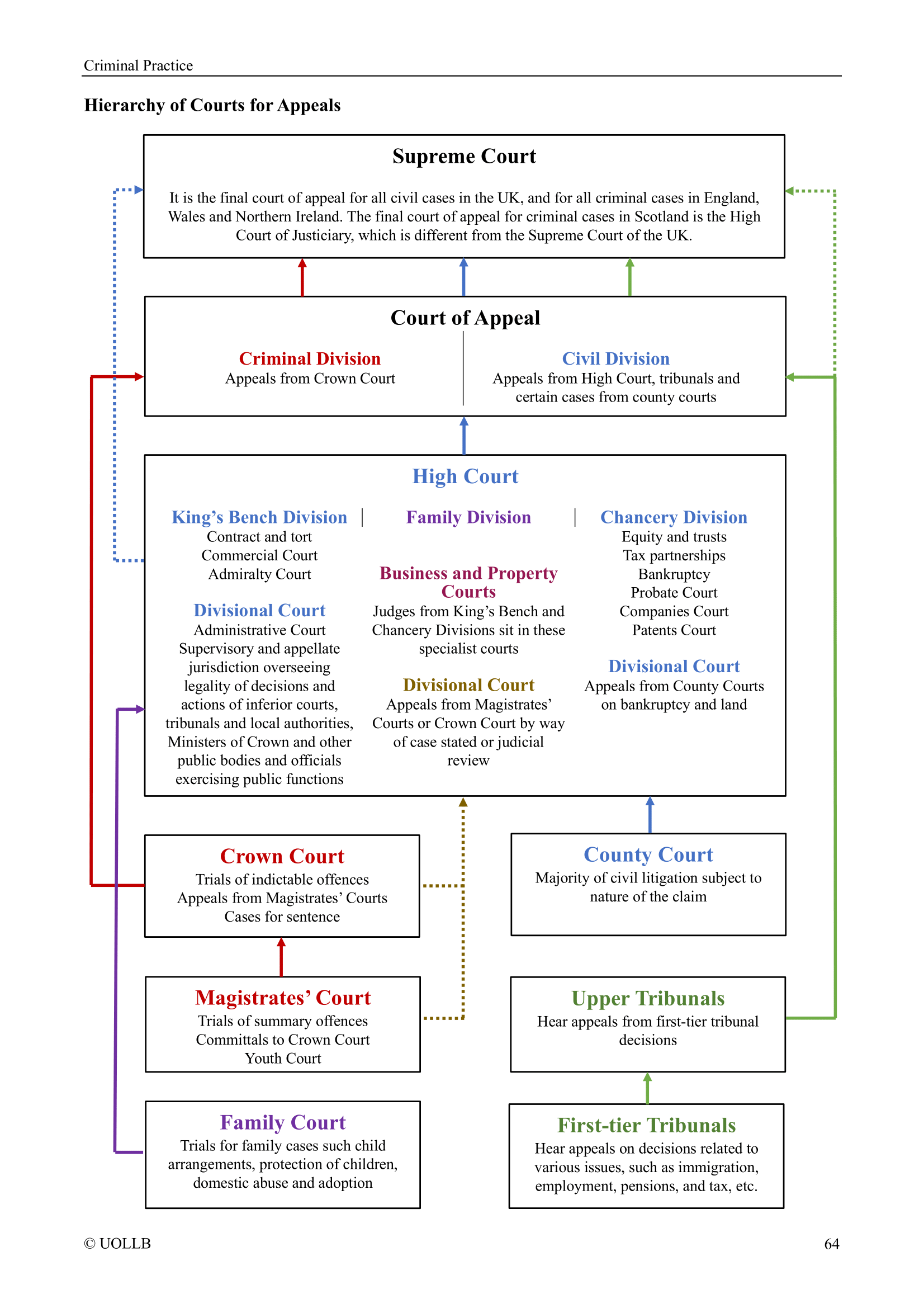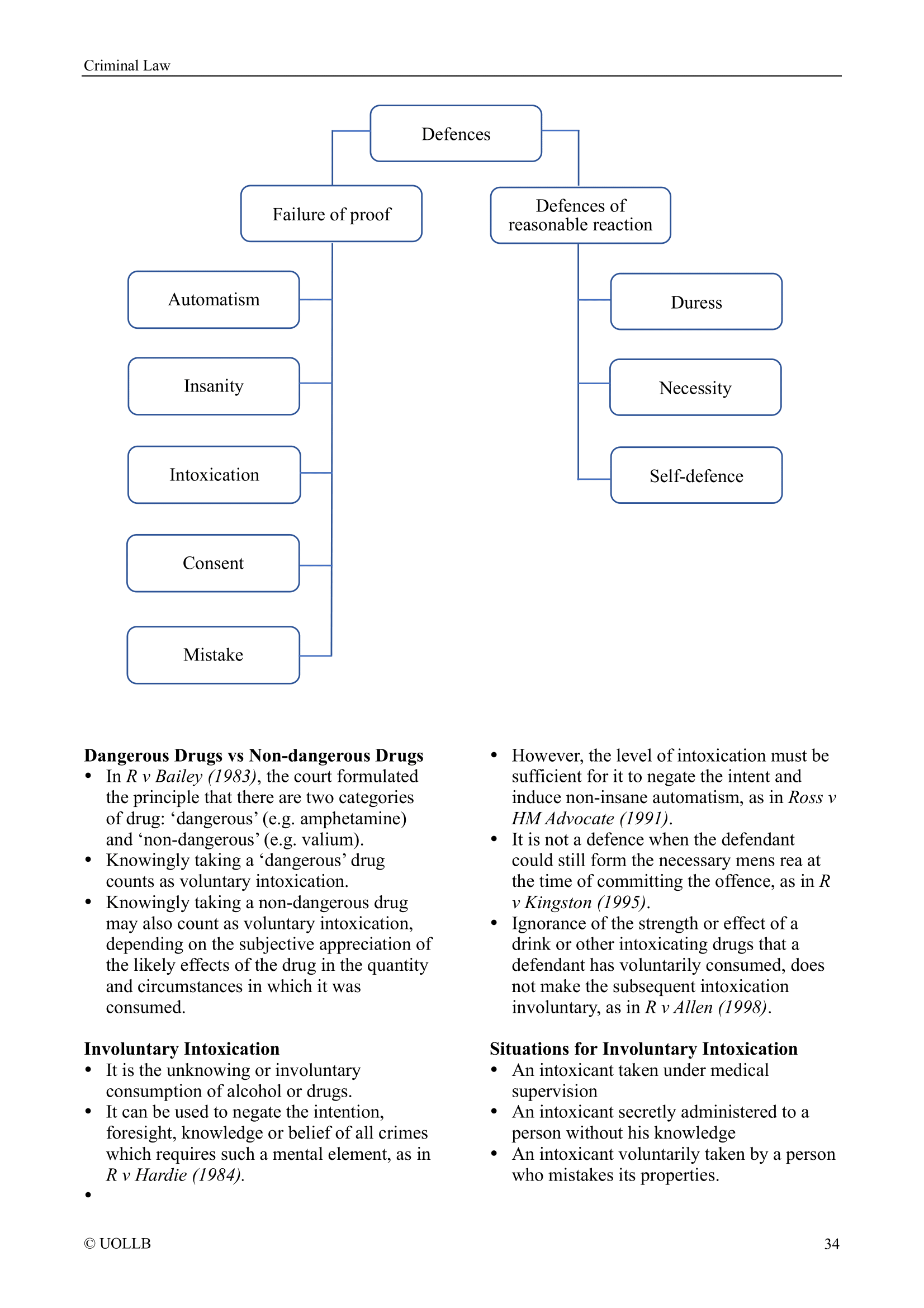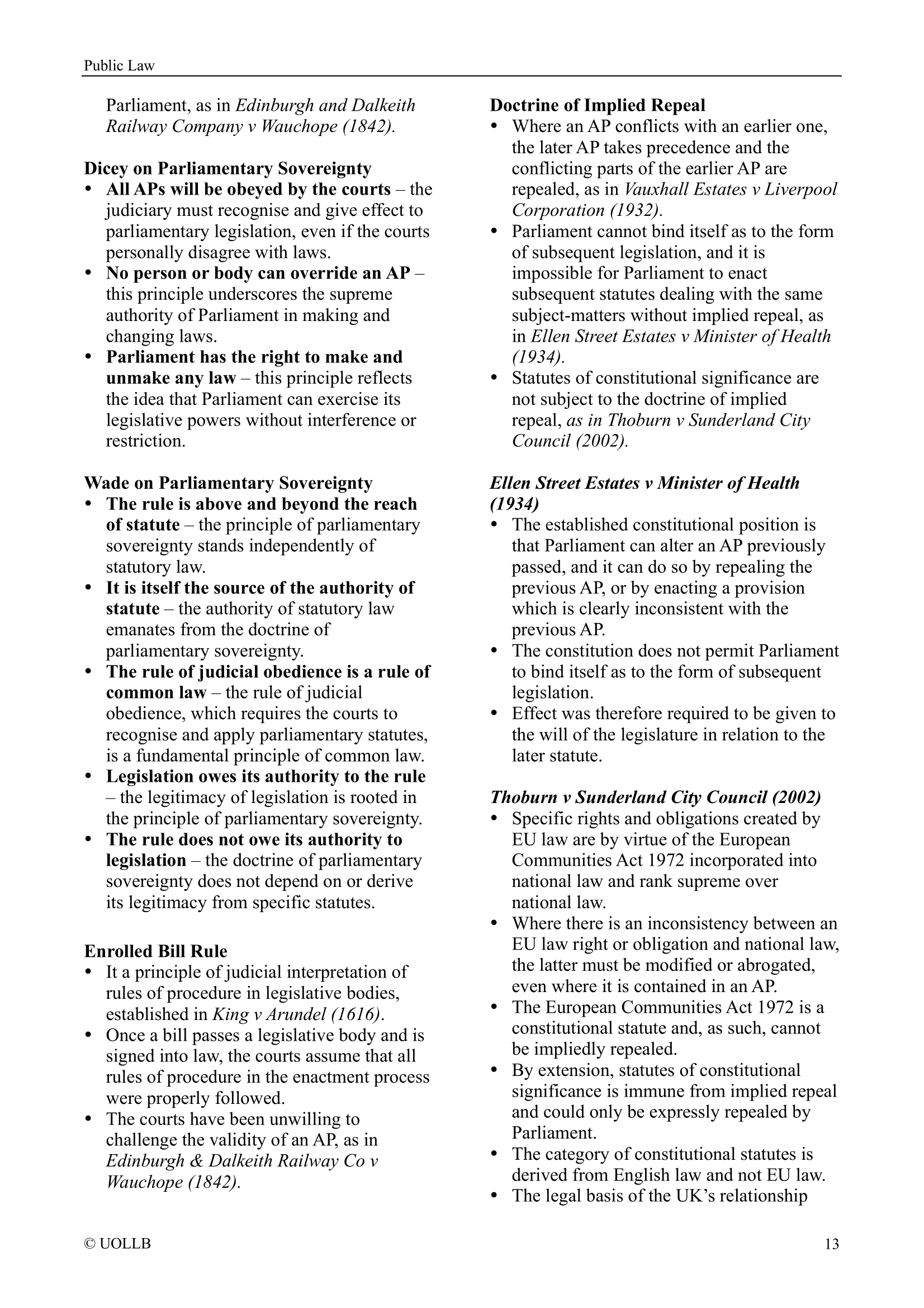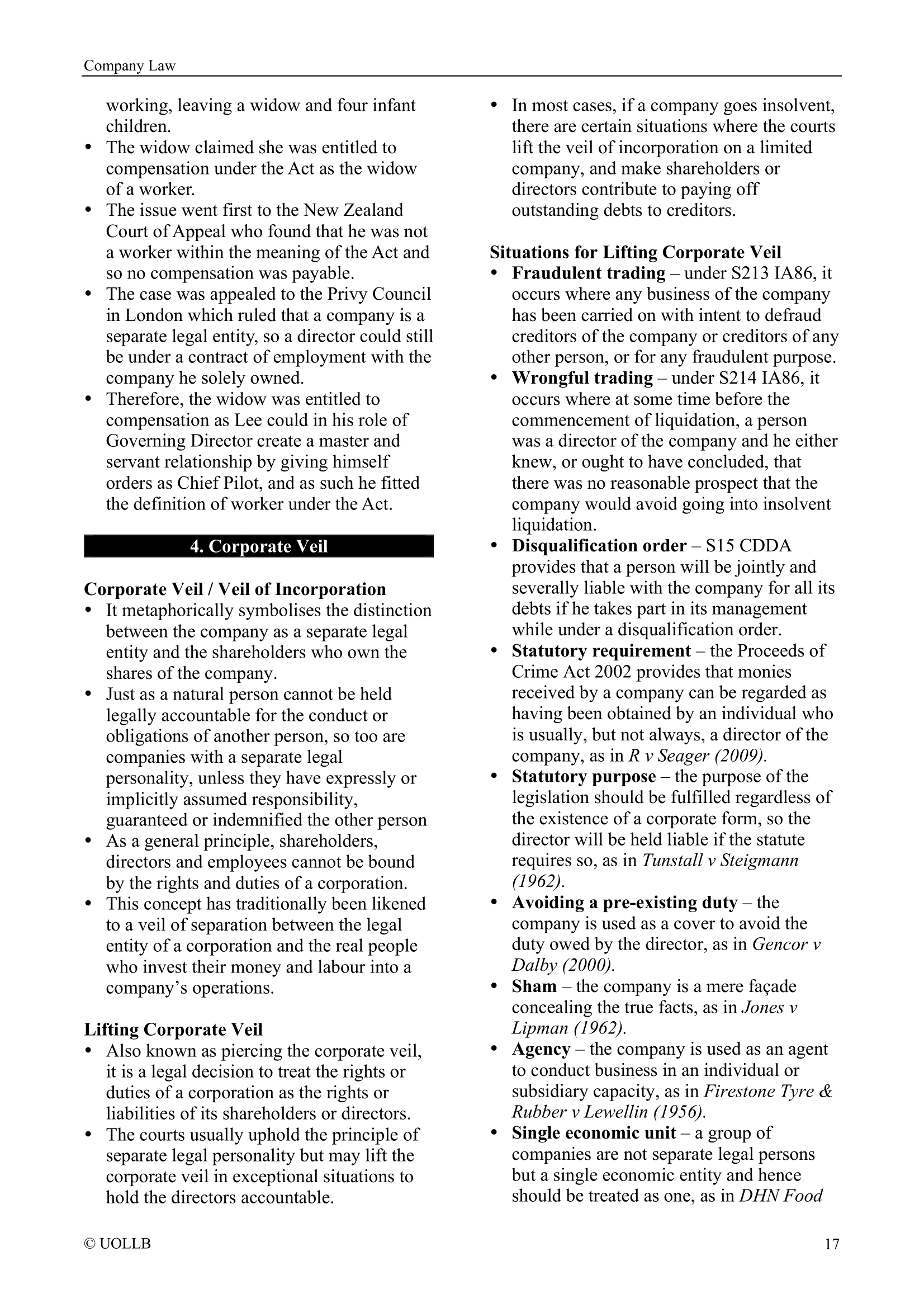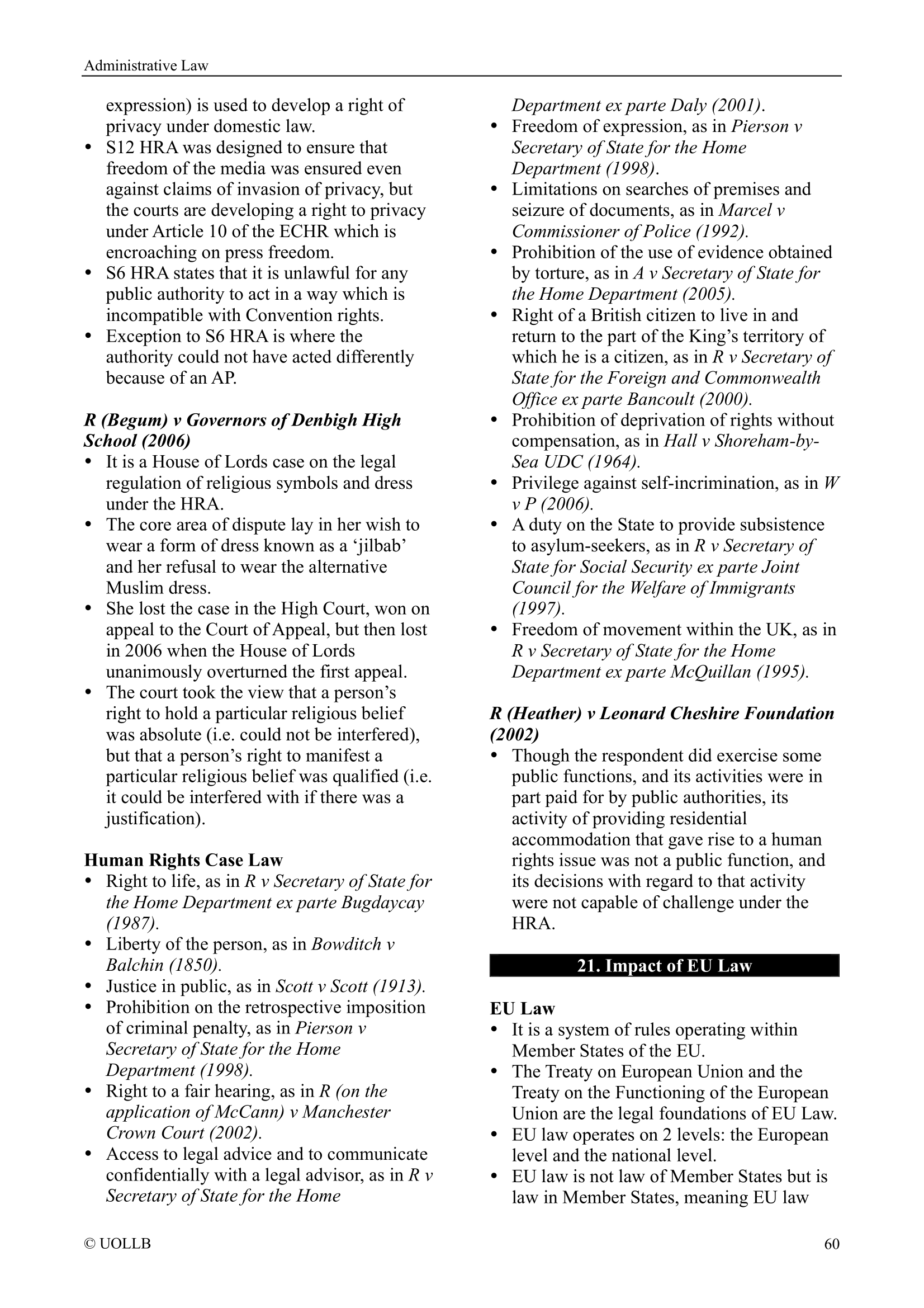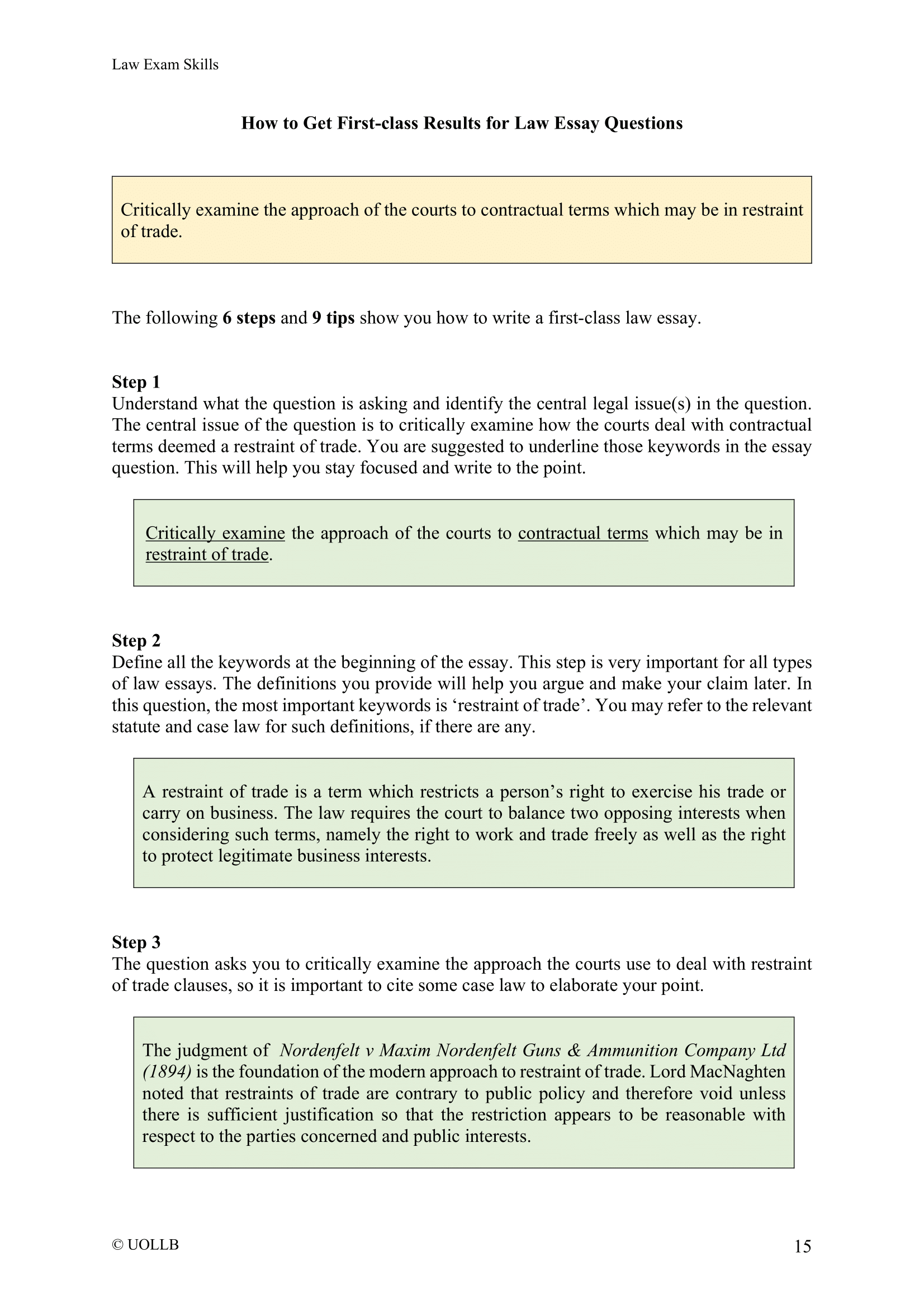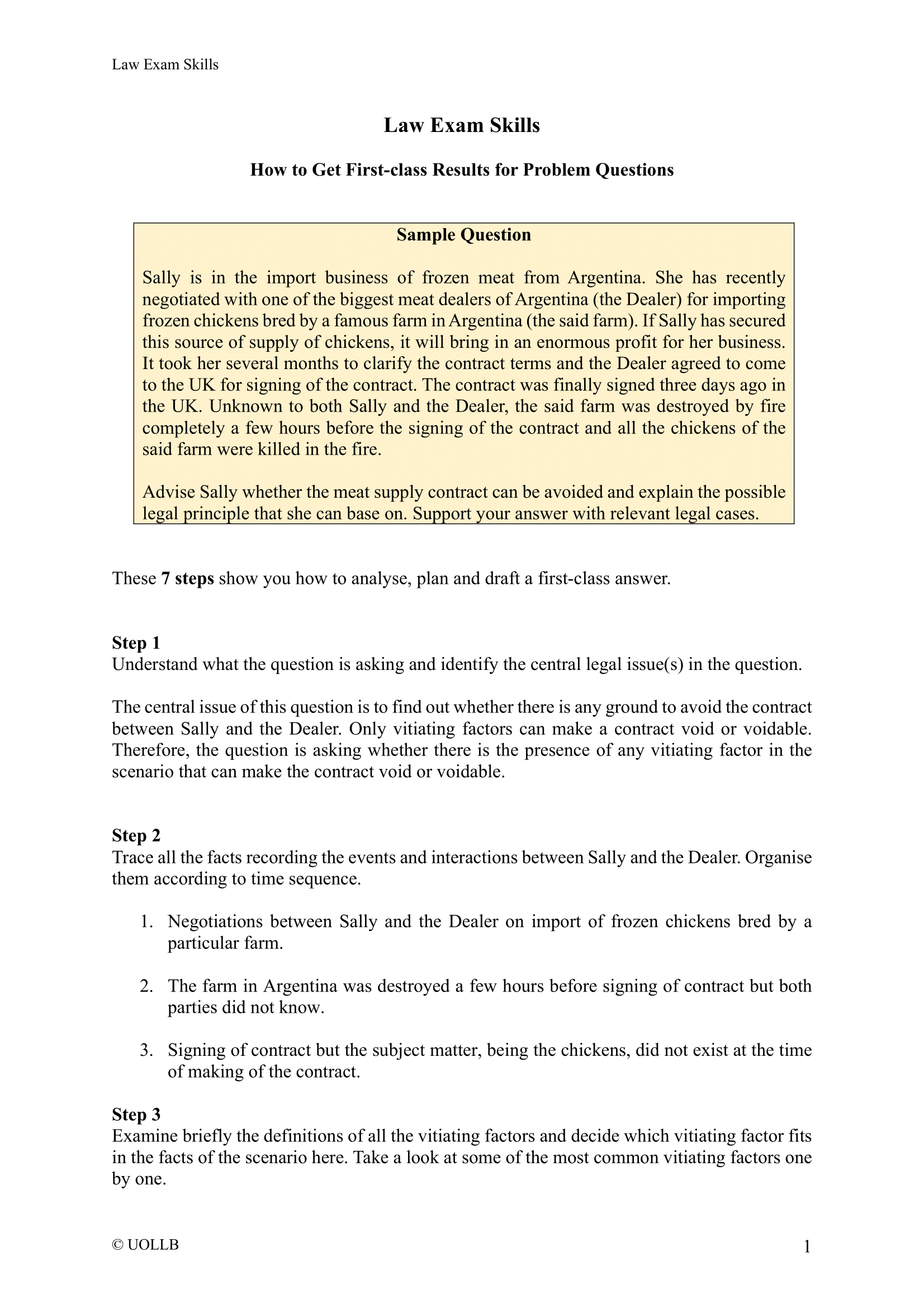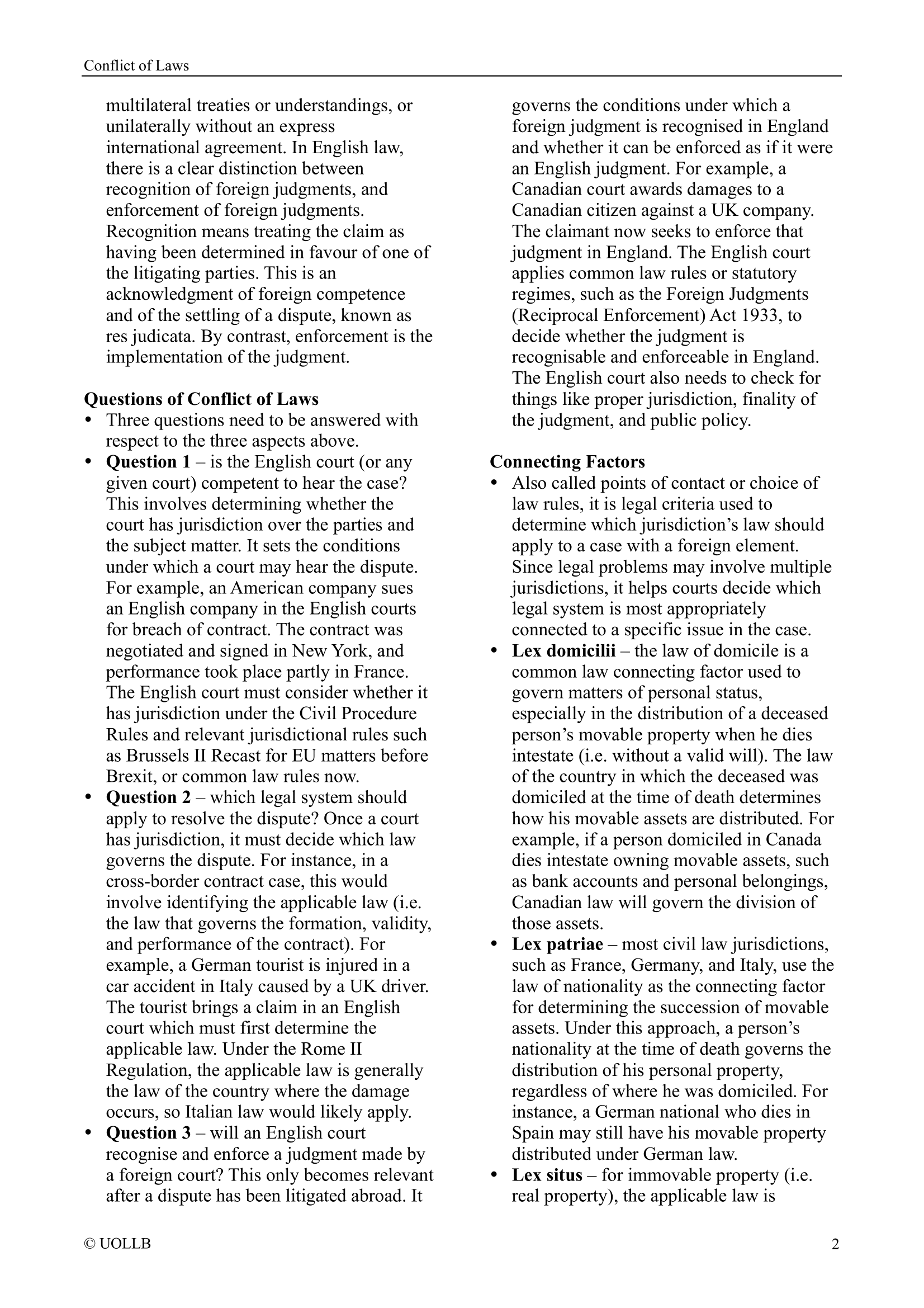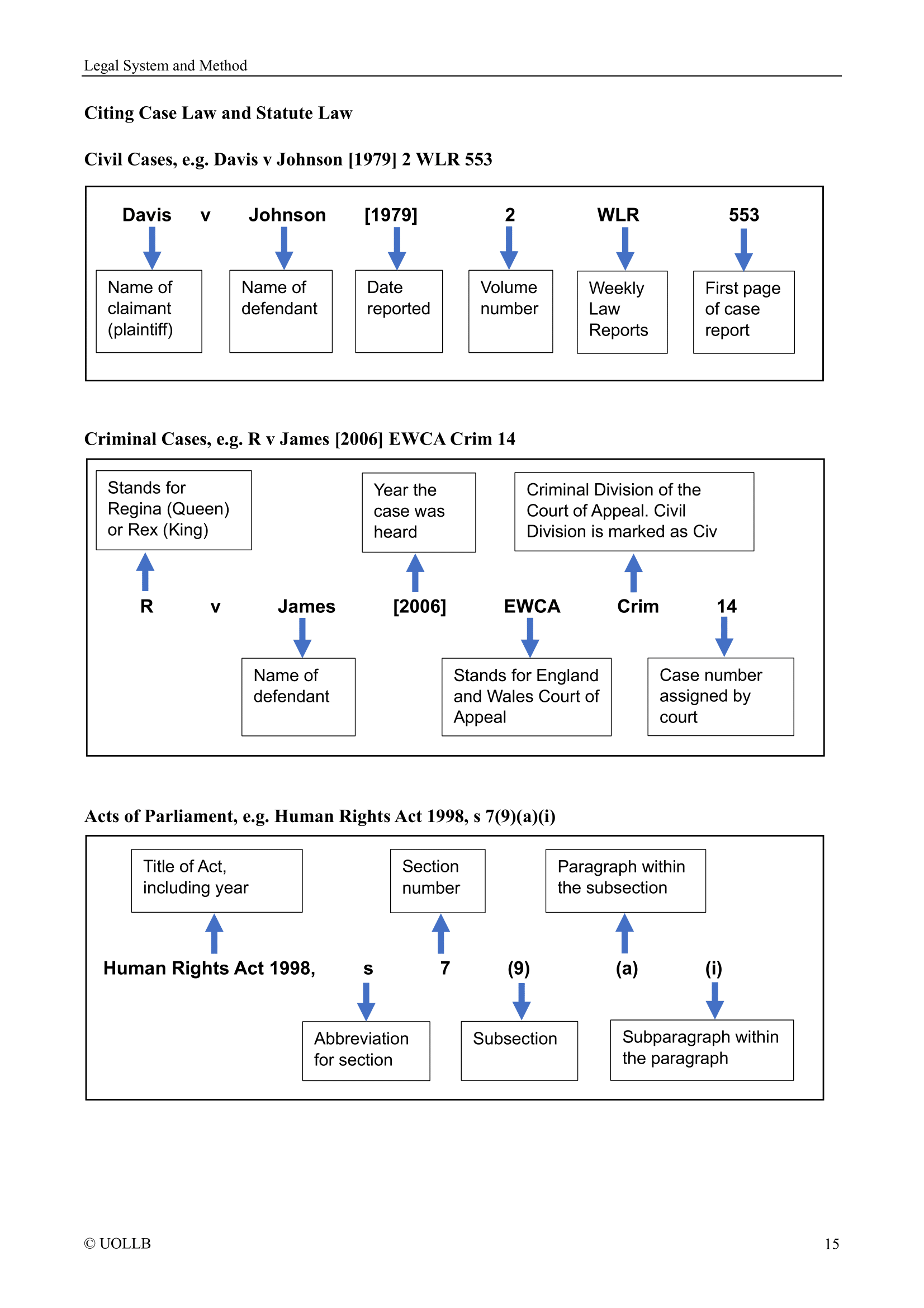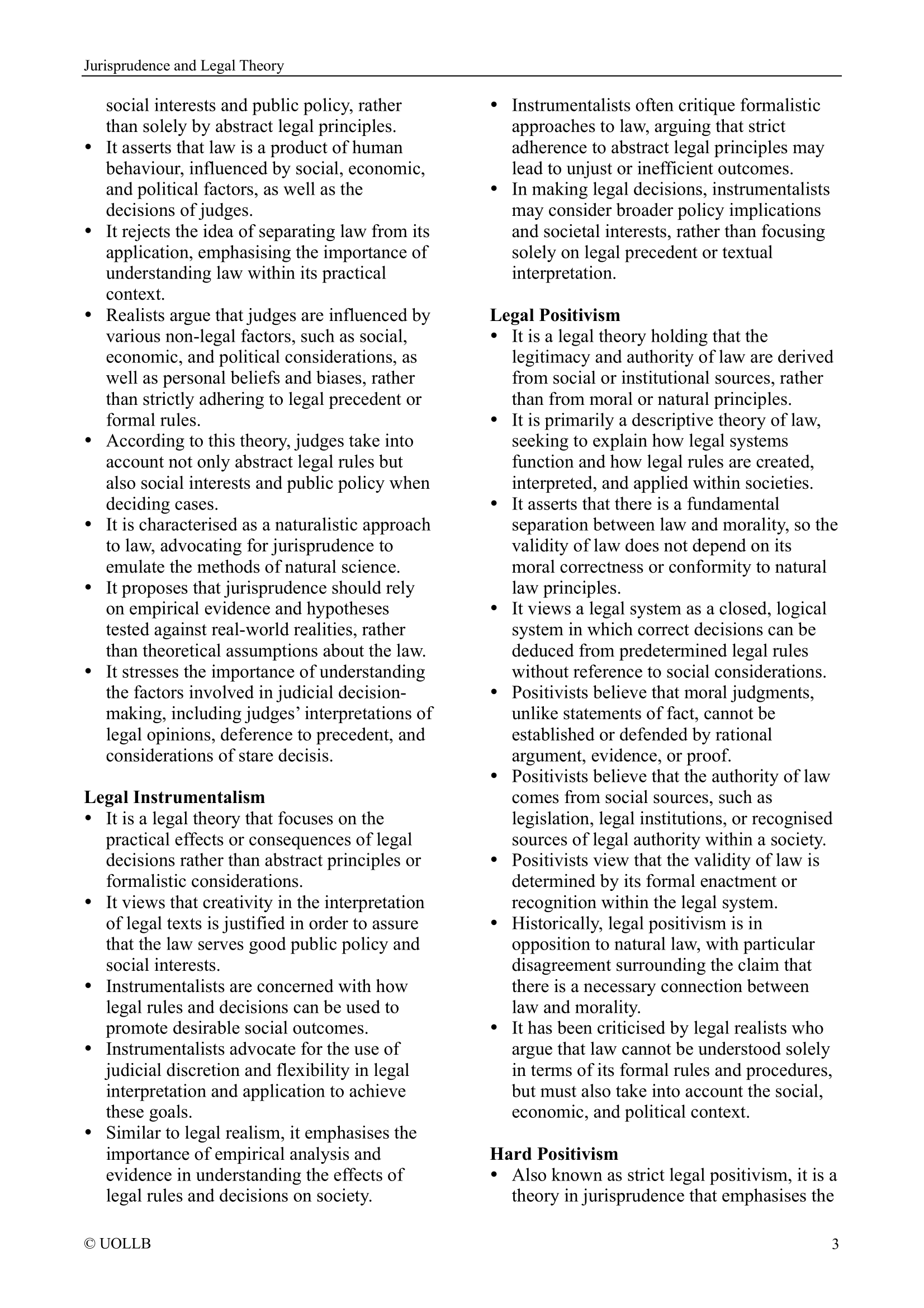Alcock v Chief Constable of South Yorkshire Police [1991]
Share
Alcock v Chief Constable of South Yorkshire Police [1991] UKHL 5 is a landmark case in tort law addressing liability for psychiatric injury, commonly referred to as nervous shock.
The case arose from the tragic events of the Hillsborough disaster in 1989, during which a human crush at a football match in Sheffield resulted in the deaths of 97 people and injury to hundreds more. The disaster was broadcast live on television and radio, and while the South Yorkshire Police, having allowed too many fans into the stadium, admitted negligence in causing the fatalities. The question remained as to whether they were also liable for psychiatric harm suffered by individuals who were not physically present or directly involved.
The claimants in Alcock were 10 individuals, mostly relatives of the deceased, who suffered psychiatric harm as a result of the disaster. None of them had been in physical danger themselves. Some had learned about the tragedy through live broadcasts or media coverage, and others arrived at the scene later. As such, they were categorised as secondary victims rather than primary victims, who are those directly involved or placed at risk of physical harm.
The House of Lords dismissed the claims, laying down strict conditions that must be met for secondary victims to recover damages for psychiatric injury. These conditions, often called control mechanisms, form the backbone of the current approach to nervous shock in English law.
First, the claimant must have perceived the shocking event with their own unaided senses, typically by being physically present at the scene or its immediate aftermath. Witnessing events through television or learning about them second-hand is generally insufficient.
Second, the shock must be sudden rather than a gradual process. This means that a claimant cannot recover for psychiatric harm that arises from long-term exposure to distressing circumstances, such as caring for an injured loved one over time.
Third, there must be a close relationship of love and affection between the claimant and the primary victim. Such a tie is presumed in relationships like those between parent and child, or spouses, but must be proven in other relationships such as between siblings or friends.
Fourth, the psychiatric damage must be reasonably foreseeable in a person of normal fortitude in the claimant’s position. Even if the claimant is particularly vulnerable to psychiatric harm, once foreseeability is established, the defendant must take the claimant as he find him (i.e. the eggshell skull rule).
The Alcock decision has had a profound impact on English law. It codified what was previously described by some judges as a patchwork quilt of inconsistent rulings into a clearer framework. Nevertheless, the decision has also been challenged for being overly influenced by policy considerations, particularly the fear of opening the floodgates to a large number of claims.
